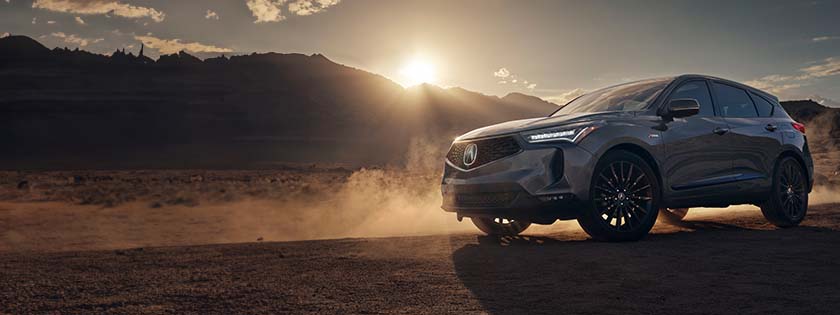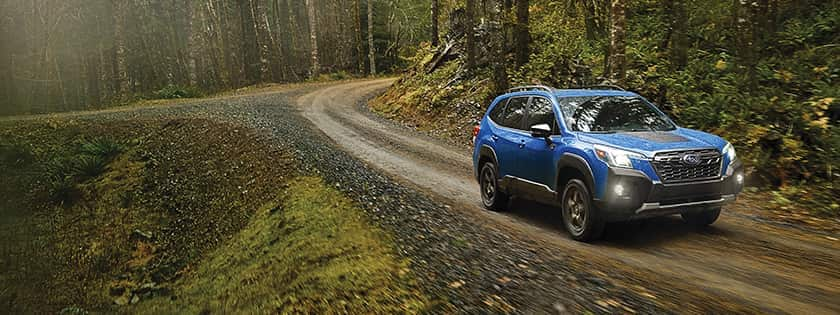Dealer holdback is designed to supplement the dealer's cash flow and indirectly reduce "variable sales expenses" (another way of saying "sales commissions") by artificially elevating the dealership's paper cost. The holdback is a percentage of either the manufacturer's suggested retail price (MSRP) or invoice price of a new vehicle that the manufacturer repays to the dealer.
Some car buyers try to use dealer holdback to calculate the net price of a vehicle to the dealer, with the intention of using that amount as a basis for negotiating a rock-bottom price.
However, determining the dealer's actual net cost is difficult, even for seasoned automotive insiders. Instead, it's better to focus on tangible numbers like the Edmunds.com True Market Value (TMV®), which is an average of what other people are paying for a car in a given area.
Having said that, some car shoppers still may wonder about holdback amounts and the holdback process. Here are the basics.


 by
by 


